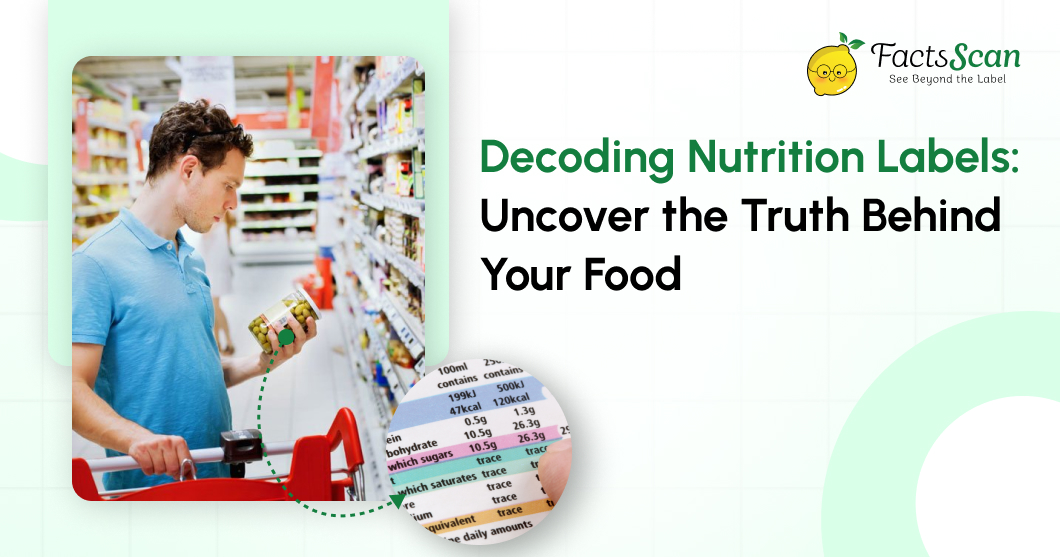Decoding Nutrition Labels: Uncover the Truth Behind Your Food
Summary :
If you don’t know how to understand nutrition labels. We have decoded and guided you on how to understand easily. We have disclosed all the parts of nutrition labels in detail in easy language
Introduction
As per a recent survey conducted by Healthy Snacking Report 2024 and published by Business Standard, as many as 73% of Indians check out the nutritional chart at the back of the package before buying the product. This clearly explains how people are getting more conscious today regarding what they are taking. Even though people are becoming aware of checking the nutritional values, most people still are not aware of how to use the nutritional information the correct way.
Let us understand more about the Nutritional Label and the step-wise guide on how to read the labels and utilize the information for your health.
What is a Nutrition Label?
When you turn around a food package, you get to see a table of information. This is the Nutritional Label about which we are talking about here. This particular label or table displays the nutritional content of the food inside the package. Its sole purpose is to let the consumers know about the ingredients so that they can choose the right items according to their health concerns and other requirements.
Often some people fall into the trap of advertisements and may make choices accordingly. On the other hand, it may happen that the nutrients in the food in reality are not exactly what has been advertised. So, you must check the Nutritional Label thoroughly to go through the nutritional values and other ingredients carefully before consuming it.
Step-by-Step Guide to Reading Nutrition Labels
While most people today have adopted the habit of going through the Nutritional Label, sadly, they are not aware of how to use it or how to understand it. Here, let us have a step-by-step understanding of how to read these Nutritional Labels.
1. Serving Size and Portions
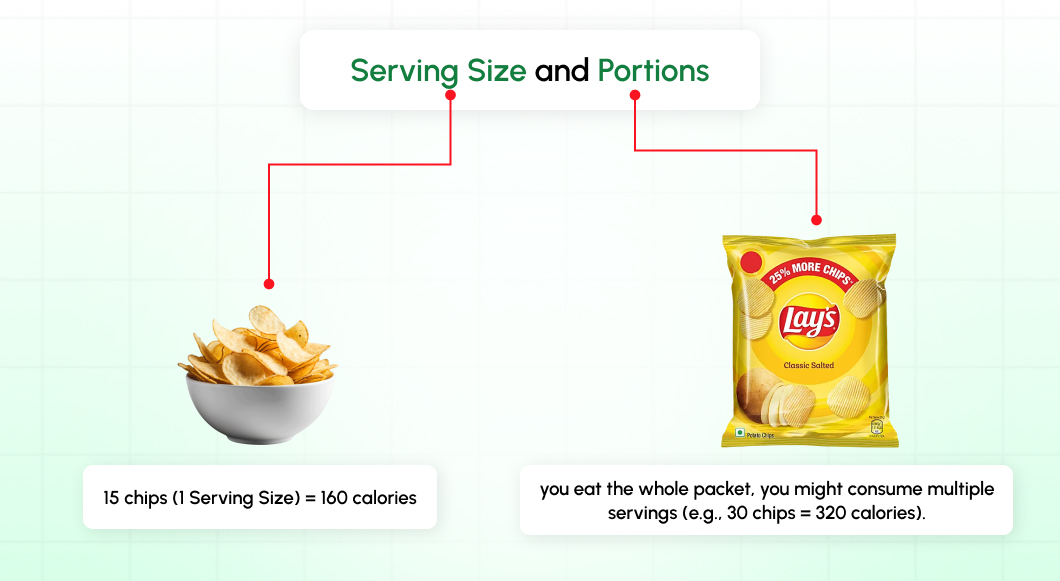
You will find this information at the top of the Nutritional Label. So, what exactly does this information interpret? It helps you understand how many average portions a particular product can offer.
According to experts, these portions are a safe amount that a person can consume in a single day. So, serving size can be considered as an instruction about how much of the particular item you should consume to stay within the healthy levels.
Example of serving size – A bag of potato chips normally can have 160 calories per serving. It might seem that the entire packet has 160 calories. But the serving size for chips is 15, and that contains 160 calories.
Example of portion size – Again, on the other hand, a portion size of chips is 210 gms with a meal.
Different products may have different serving sizes or portions. Some may use a cup while others may use grams or milliliters. Usually, this serving portion is also used to offer a guideline of how much nutrient value the food may offer.
2. Calories & Macronutrients
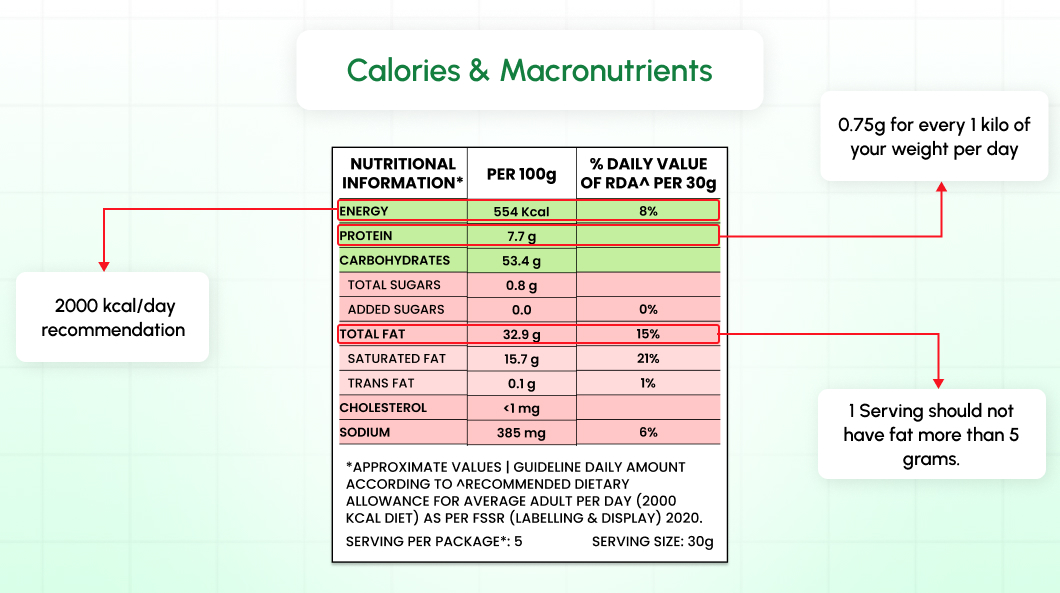
Now comes the actual information that you need to know. You must know how many calories, carbohydrates, and other nutrients are suitable for you. Accordingly, you can understand whether the product you chose is appropriate for you or not.
- Calories: Usually, an average healthy person must consume about 2000 calories per day. However, you must check the amount of calories present in one serving of the product. Along with the mentioned calories, you must also check the saturated fatty acid percentage as these come under unhealthy calories, which are not good for health.
- Carbohydrates: Apart from calories, carbohydrates are also necessary for energy in your body. However, you must look for products that have more complex carbohydrates rather than simple sugars.
- Protein:Protein is necessary to repair and build body tissues. The intake of protein depends on your body weight because on average you must consume 0.75g for every 1 kilo of your weight per day. However, some health concerns may lead to the consumption of higher protein while in some cases, you may be asked to reduce your protein diet.
- Fats: Health experts mention staying away from packaged food for the only reason that it may have trans-fat, which is not good for your health. However, many health-conscious companies are coming up today with healthier options to opt for. To have a basic knowledge, serving should not have fat more than 5 grams.
3. Sugar & Added Sugars
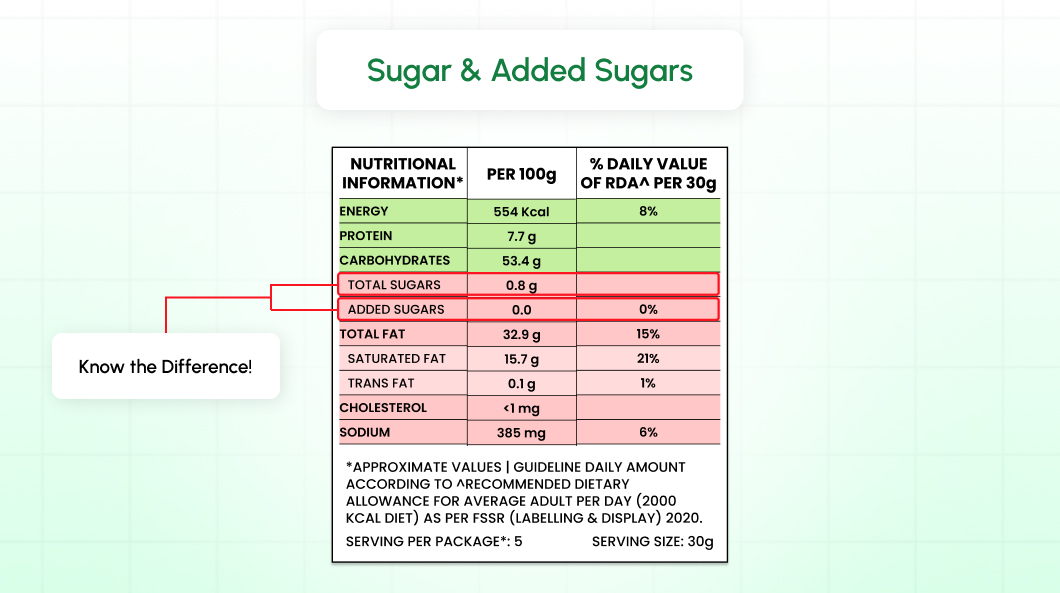
Checking sugar is extremely necessary if you are health conscious or are suffering from any chronic ailments such as Diabetes. You will find two categories of Sugar in the Nutritional Label. The category that states Sugar will talk about the total sugar amount that exists naturally or artificially in that one serving.
The next category is the Added Sugar. Many products may have added Sugar apart from the natural sugar that exists. These are added by the manufacturers during the processing method to either enhance the taste or to increase the life of the product. This added sugar is also counted under bad carbohydrates that one must try to avoid.
4. Sodium & Salt Content
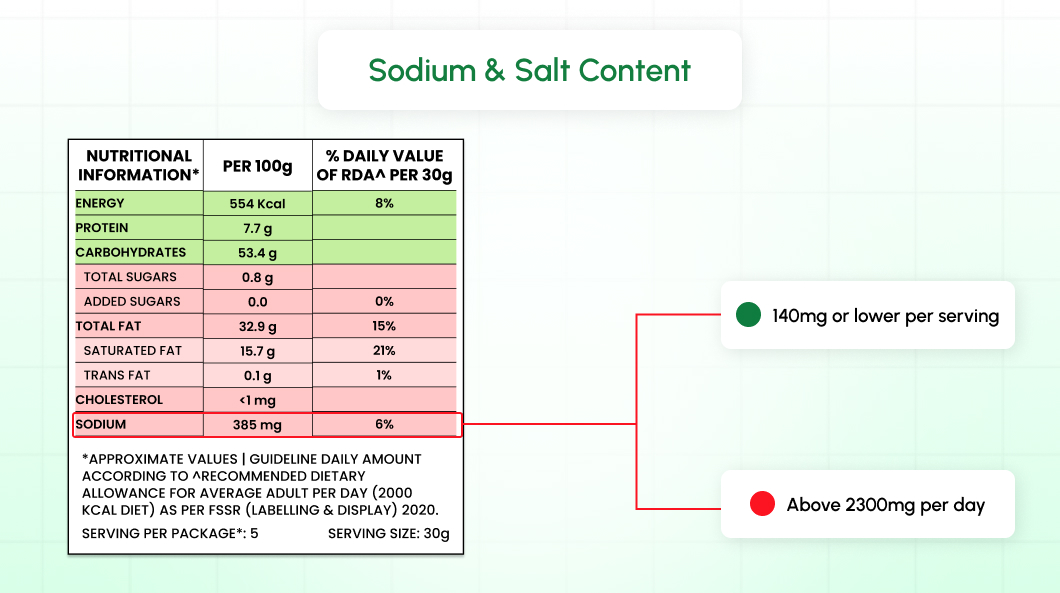
Sodium is essential for maintaining the electrolysis system in the body. Also, it maintains the health of the muscular and nervous system. However, an average healthy person should not consume more than 2300 milligrams of sodium in a single day. An excess amount of sodium will lead to diverse health issues such as kidney problems and heart diseases leading to stroke.
Usually, 140mg or lower sodium per serving is considered low sodium, if we take the serving portion to be an average of 100 grams. So, check out the sodium and salt content on the Nutritional Label to get a view.
5. Vitamins & Minerals
The Nutritional Label also highlights the vitamins and minerals available in the food content inside. Vitamins and minerals are also an eminent part of our balanced diet. Vitamins A, B, C, D, and E are the vitamins that you will come across in different food items. Similarly, there is a huge list of minerals that you require in your food such as iron, calcium, manganese, sodium, phosphorus, zinc, and many more. All these vitamins and minerals offer different benefits, however an excessive amount can also have negative impacts. So, you must follow the average daily intake of these nutrients too. While the Nutritional Label displays the percentage of these elements in the food or beverage packed along with the average daily intake of these nutrients to follow.
6. Percentage of Daily Value (%DV)
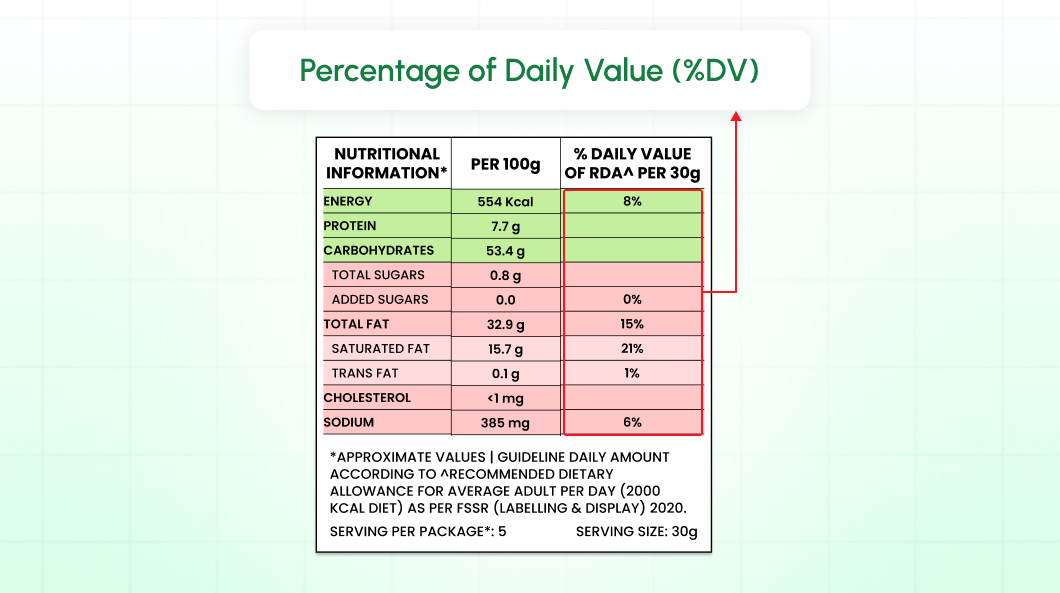
If you are not aware of the amount of nutrients you must intake on a daily basis, then the Percentage of Daily Value is an important help for you. This value on the Nutritional Label offers you a guide about how much nutrients you must intake on a daily basis to maintain a healthy lifestyle.
Example of Percentage of Daily Value (%DV) – The percentage of daily value of added sugar is 50 gms per day. Or it can be calculated as 10% of a 2000 calories diet, which is 200 calories.
7. Allergen Information
You can be allergic to any item that you need to check. However, some commonly used food items may get allergic to different people. Some such items are wheat, milk, or peanuts. Usually, if any of the commonly found allergic food or drink items are mixed into the product, the Nutritional Label will have them mentioned under the category of Allergen Information. So, if someone is allergic to such items, they can be aware of it.
Conclusion
To have a healthy life, having healthy foods is essential. However, we can’t always go for only fruits, vegetables, etc., but we are tempted to have some foods that are not so healthy. In that case, it’s very important to check the nutritional facts before you consume them. The serving size, the portion size, the allergens in it, etc., determine how much to eat any of the foods that you crave for having. Also, another good idea is to check the nutritional facts label while buying foods from grocery shops or supermarkets. Staying healthy has no alternative. So decide your food accordingly.
Ready to make Healthier Choices?
Download FactsScan now from the Google Play Store and App Store and take charge of your food choices.
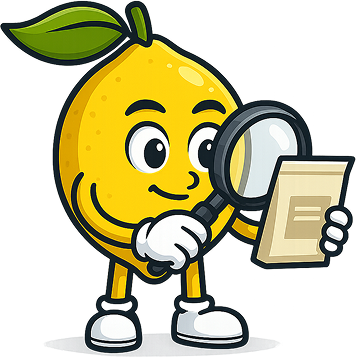
Recent Articles
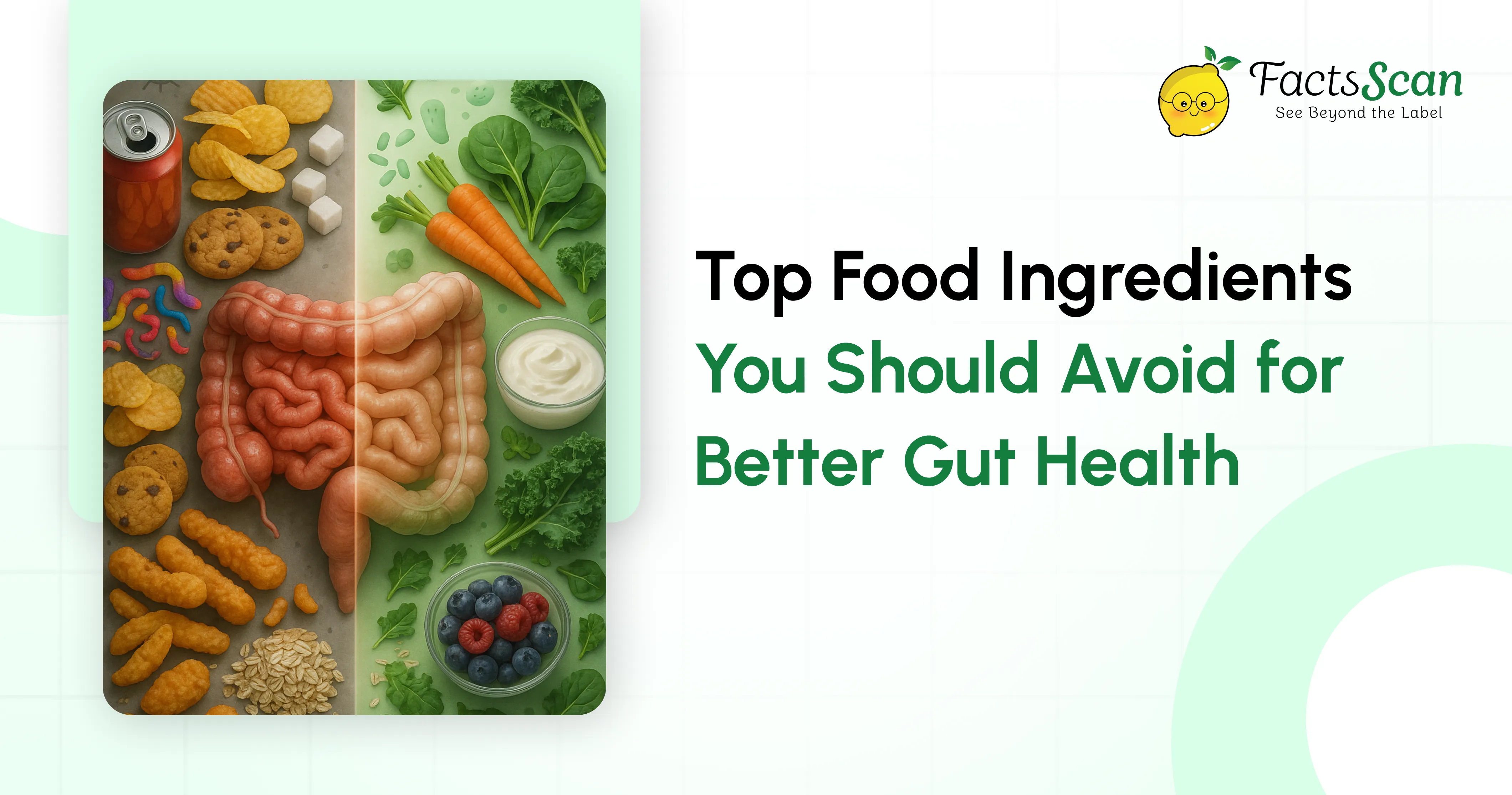
Top Food Ingredients You Should Avoid for Better Gut Health
Your gut microbiome is the foundation of your overall wellness, affecting everything from digestion to immune function. Yet many everyday food ingredients—artificial sweeteners, refined oils, emulsifiers, and preservatives—are slowly damaging this delicate ecosystem. Learn which harmful ingredients to eliminate from your diet and discover healthier alternatives using smart tools to identify nutritious, gut-friendly options that truly support your digestive health and long-term wellbeing.
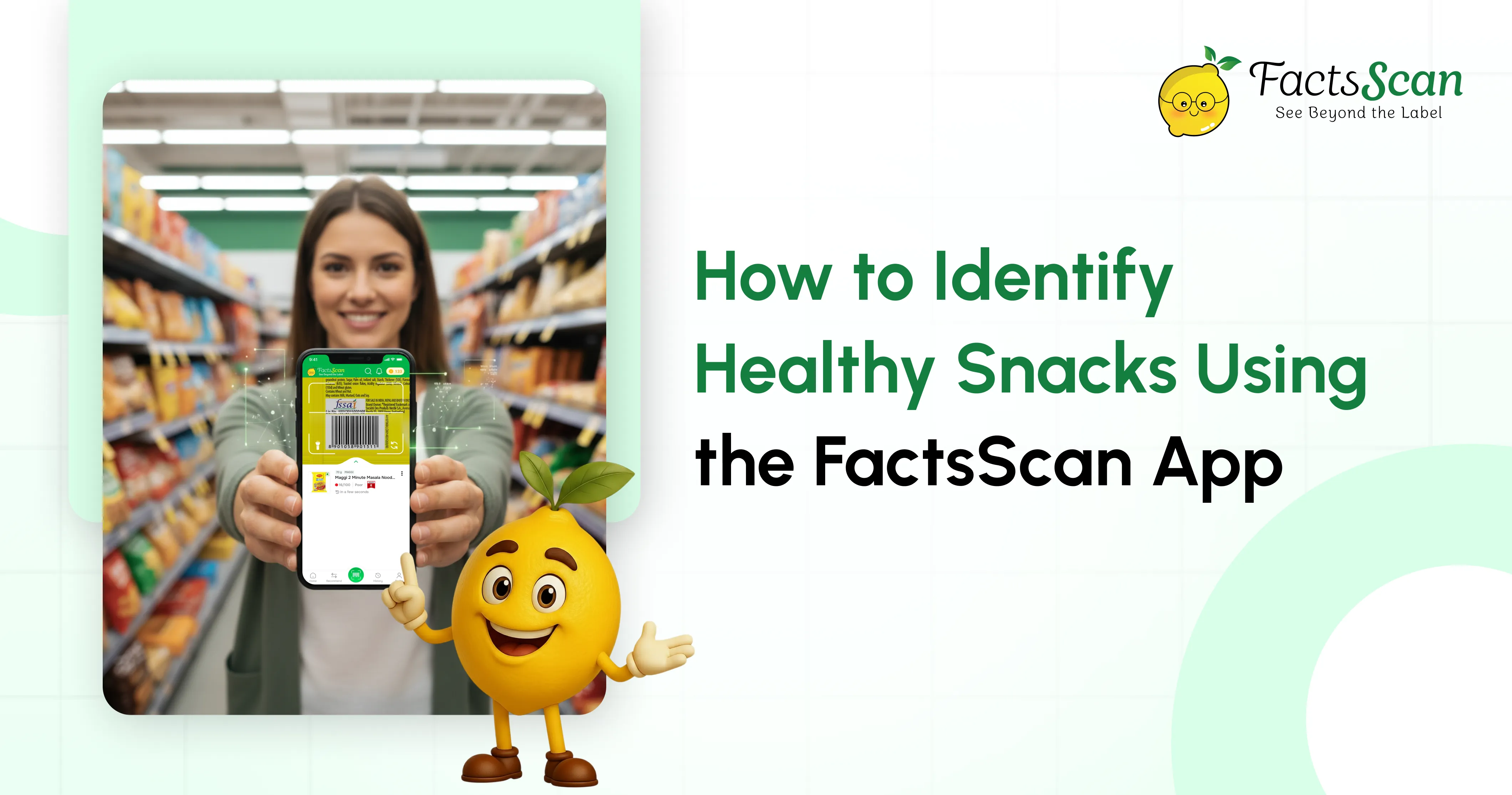
How to Identify Healthy Snacks Using the FactsScan App
Discover how the FactsScan App helps you make smarter snacking choices by instantly analyzing ingredients, nutrition scores, and additives. Learn how this AI-powered tool identifies truly healthy snacks and guides you toward better food decisions with just one scan.
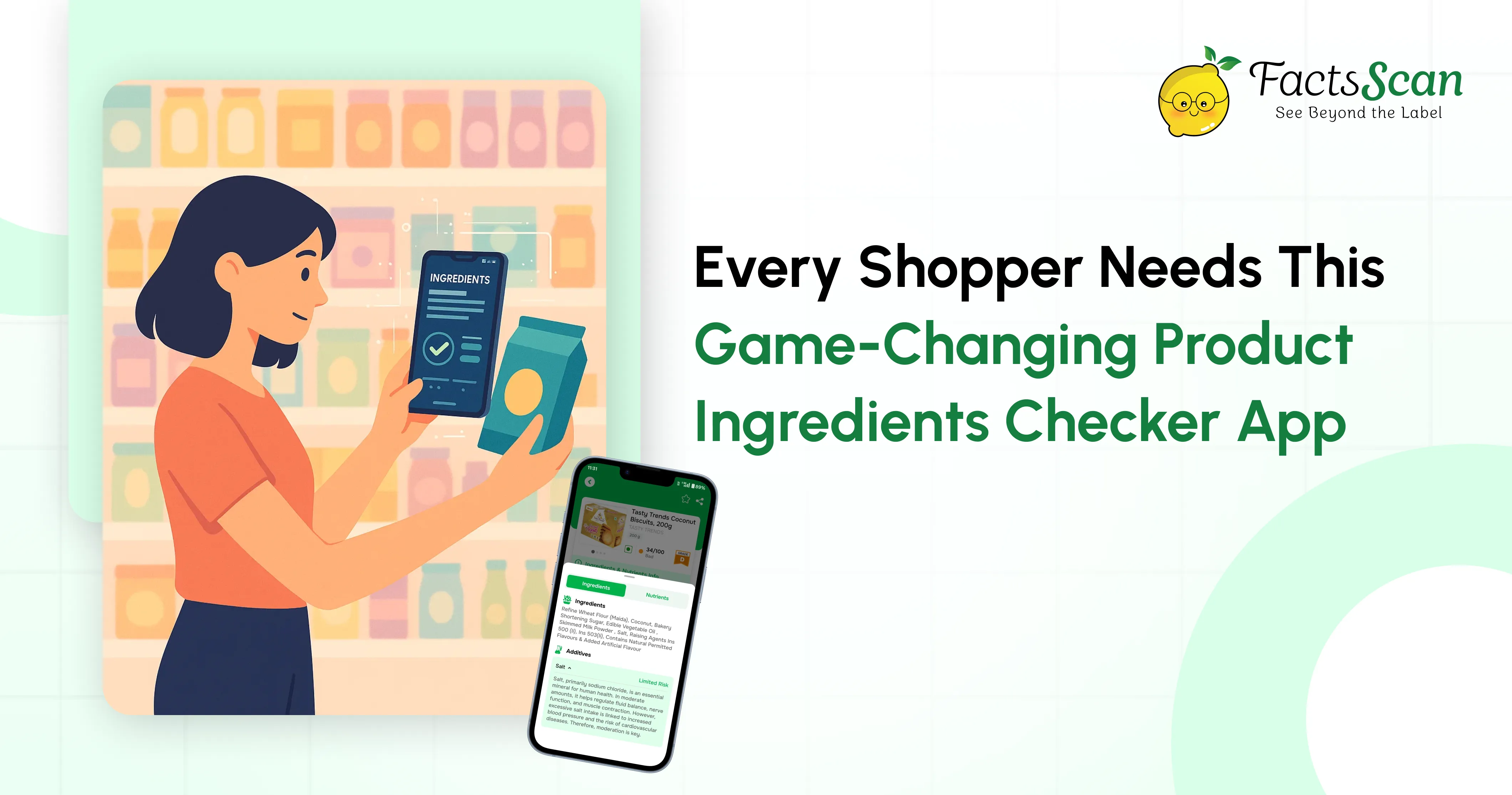
Every Shopper Needs This Game-Changing Product Ingredients Checker App
Tired of confusing food labels and hidden ingredients? This game changing product ingredients checker app helps shoppers instantly scan barcodes to uncover real nutritional facts, health scores, and safer alternatives, making smarter, healthier shopping easier than ever.
 06 Mar 2025
06 Mar 2025 7 Min Read
7 Min Read 
